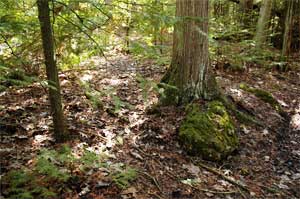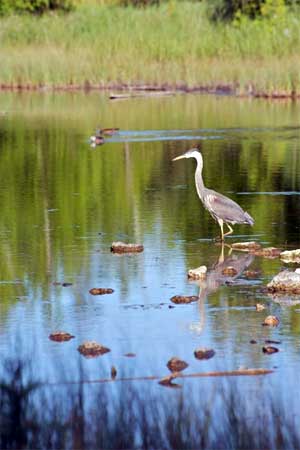The Wisconsin Wetlands Association has released a new publication to improve wetland protection and reduce wetland controversies by providing town, village, city and county land use officials with basic information about how protecting and restoring wetlands contributes to the economic health, public safety, and quality of life in Wisconsin’s communities..

Land Use and Wetlands: A Local Decision-Makers' Guide to Wetland Conservation
The need for the publication arose out of a 2005 conflict in which a Kewaunee County landowner filled wetlands on his property without first securing permits from the Wisconsin Department of Natural Resources. The landowner had applied for and received a building permit from his town, but claimed that he was not informed that his land contained wetlands or that additional permits were required. The high-profile case brought public and political attention to the difficulties landowners and local officials have identifying wetlands and complying with wetland laws.
The Guide addresses the gap in local decision makers’ understanding of wetlands and wetland laws by explaining the criteria state and federal agencies consider when making wetland permit decisions. In addition, this publication identifies practical steps that local governments can take to improve consideration of wetlands and wetland laws in land use decision-making, and describes how wetlands reduce the need for costly infrastructure by providing natural flood storage and improving water quality in lakes, rivers, and public drinking water supplies.
Though written for a local land use decision-making audience, the Guide can also be used by watershed organizations and wetland advocates to help facilitate dialogues with local leaders about how to improve the protection of wetlands in their communities.
Developed with grant support of the Wisconsin Coastal Management Program, the Local Decision Makers’ Guide can be viewed or downloaded for free from Wisconsin Wetlands Association’s new local government outreach web pages. Print copies can also be requested by contacting WWA at 608.250.9971.





